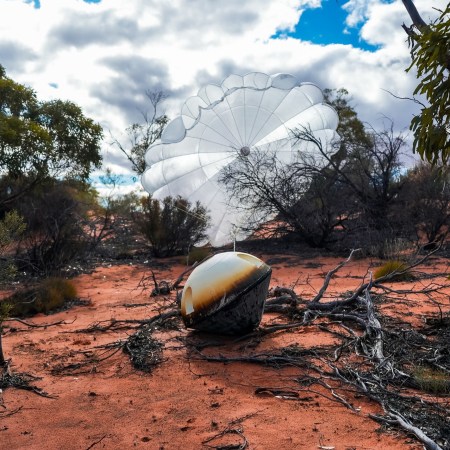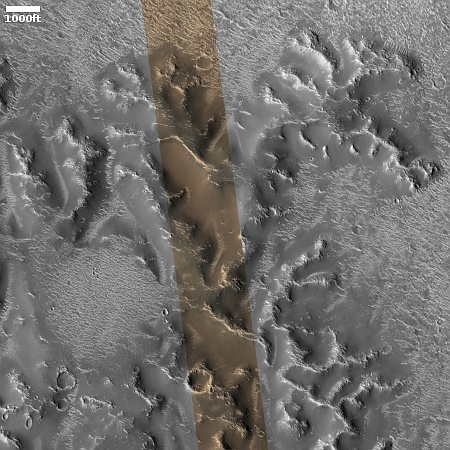Dragon capsule undocks from ISS carrying four Axiom’s passengers
After spending 18 days in space, 14 on ISS, the Dragon capsule early this morning undocked from ISS with a splashdown scheduled for early tomorrow.
The mission was financed by the space station company Axiom, and was commanded by former NASA astronaut Peggy Whitson, now employed by Axiom as a professional astronaut. The three paying passengers were all government astronauts from India, Poland, and Hungary.
The capsule, dubbed Grace, is the newest addition to SpaceX’s fleet of five manned reusable capsules, flying on its first mission.
Splashdown is scheduled for the wee hours of July 15th tomorrow off the coast of California. The live stream can be found here.
After spending 18 days in space, 14 on ISS, the Dragon capsule early this morning undocked from ISS with a splashdown scheduled for early tomorrow.
The mission was financed by the space station company Axiom, and was commanded by former NASA astronaut Peggy Whitson, now employed by Axiom as a professional astronaut. The three paying passengers were all government astronauts from India, Poland, and Hungary.
The capsule, dubbed Grace, is the newest addition to SpaceX’s fleet of five manned reusable capsules, flying on its first mission.
Splashdown is scheduled for the wee hours of July 15th tomorrow off the coast of California. The live stream can be found here.













